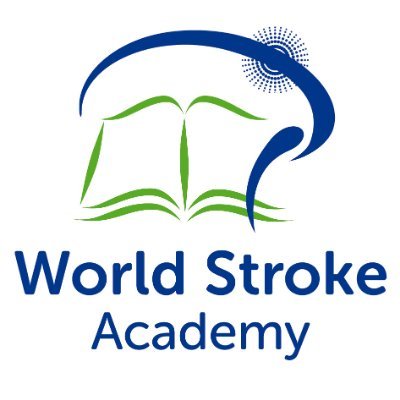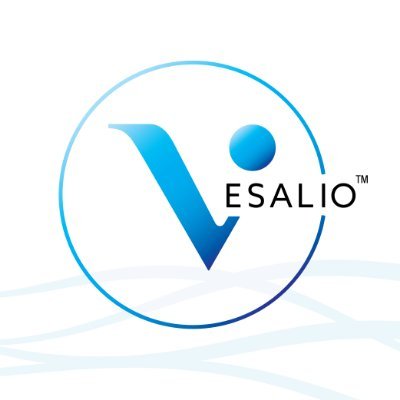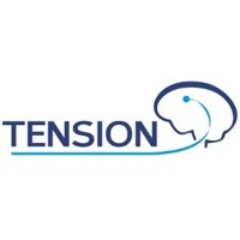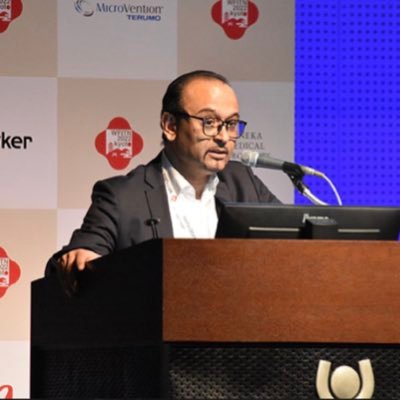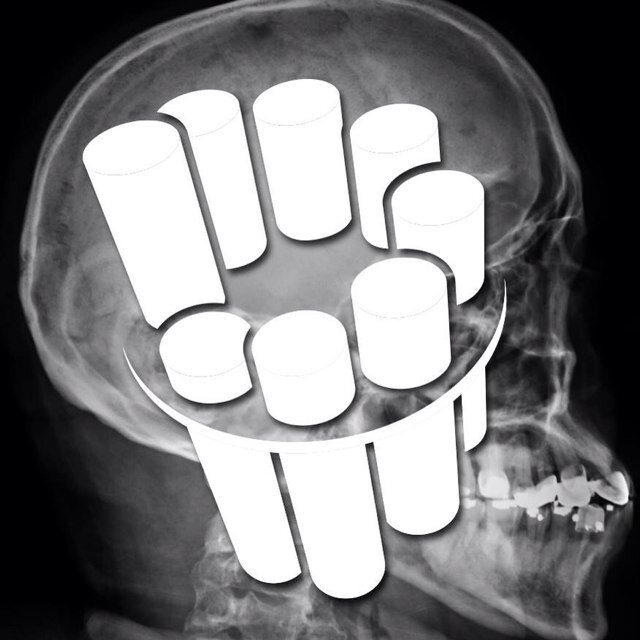Similar User

@INR_WFITN

@vitorpereiracan

@DrVipulGupta25

@YNIScommittee

@jildazz

@CarlosC74716941

@Taka_Tamaso

@SimAndCure

@PascalMosimann

@HammamiNadia11

@SuspectedLVO

@Michihiro1966

@XiaochuanHuo

@Neurorradio

@daigaole
Type D2 CCF, closed by ipsilateral transvenous double-catheter technique for coiling and onyx injection. Minimal approach for better results :))




M1 acute occlusion/ICAD (good collaterals, ASPECTS 8): 90 minutes for DAPT loading dose. 60 minutes for solumbra>angioplasty >stenting to achieve mTICI 3 and a great recovery.




Embolize a renal AVF by coiling (using double catheters) and glue.




I have thoroughly examined and employed an underappreciated proactive test before embolizing SDAVM, SDAVF. The test demonstrates high sensitivity and specificity, aiding in pinpointing the exact location for the microcatheter to access.




Type D CCF - Successful completion of embolization within 60 minutes of transvenous approach.




Cognard Type IV dAVF - complete embolization. Reaching the foot of the draining cortical vein is always challenging, but it has to be achieved before injecting the embolic agent.




Symptomatic carotid CTO recanalization. 1. SpiderFX serves as both a drill and an embolic protection device. 2. Angioplasty for large-bored aspiration catheter to get through. 3. The aspiration catheter functions as both thrombectomy and exploration of the carotid lumen. 4.…




T-stent coiling for a ruptured wide-necked BA tip aneurysm.



Severe vasospasm of the Rt VA whenever exchanging for Guiding. Severe stenosis of the Lt VA ostium. What are your options to continue the embolization of the ruptured wide-necked basilar tip aneurysm below?




Flow-diverting stent-coil for a large, wide-necked basilar tip aneurysm.




Double catheters are used to embolize a wide-necked M1 bifurcation aneurysm. In the event of bleeding, onyx injection, if feasible, is a good choice for rapid healing.




P2 PCA aneurysm coiling - #iED coils deployed through #headwayduo is good option for distal aneurysms.




3 phases of onyx-coiling for complete embolization of a type-D2 CCF




United States Trends
- 1. $CUTO 7.141 posts
- 2. Rams 23,9 B posts
- 3. Eagles 49,3 B posts
- 4. #BaddiesMidwest 6.203 posts
- 5. #PrizePicksMilly 4.760 posts
- 6. #married2med 4.063 posts
- 7. #RHOP 4.954 posts
- 8. #YellowstoneTV 2.173 posts
- 9. AJ Brown 2.890 posts
- 10. Brandon Graham 1.931 posts
- 11. 49ers 38,4 B posts
- 12. Sirianni 2.598 posts
- 13. Jared Verse 1.265 posts
- 14. Dinwiddie 3.233 posts
- 15. That's a TD 2.955 posts
- 16. Raiders 36,4 B posts
- 17. Packers 41 B posts
- 18. Cowboys 62,2 B posts
- 19. Niners 8.195 posts
- 20. Nakobe Dean 1.092 posts
Who to follow
-
 Interventional Neuroradiology
Interventional Neuroradiology
@INR_WFITN -
 Vitor Mendes Pereira
Vitor Mendes Pereira
@vitorpereiracan -
 Vipul Gupta
Vipul Gupta
@DrVipulGupta25 -
 YNIS Committee
YNIS Committee
@YNIScommittee -
 Jildaz Caroff 👨🏻⚕️
Jildaz Caroff 👨🏻⚕️
@jildazz -
 Carlos Castaño
Carlos Castaño
@CarlosC74716941 -
 Takahiro Ota🇯🇵
Takahiro Ota🇯🇵
@Taka_Tamaso -
 Sim&Cure
Sim&Cure
@SimAndCure -
 🇨🇦 Pascal Mosimann
🇨🇦 Pascal Mosimann
@PascalMosimann -
 Hammami Nadia
Hammami Nadia
@HammamiNadia11 -
 Mikayel Grigoryan
Mikayel Grigoryan
@SuspectedLVO -
 Michihiro Tanaka
Michihiro Tanaka
@Michihiro1966 -
 Xiaochuan Huo, MD 🇨🇳
Xiaochuan Huo, MD 🇨🇳
@XiaochuanHuo -
 Pedro Magalhaes
Pedro Magalhaes
@Neurorradio -
 Dr. Dai
Dr. Dai
@daigaole
Something went wrong.
Something went wrong.





















